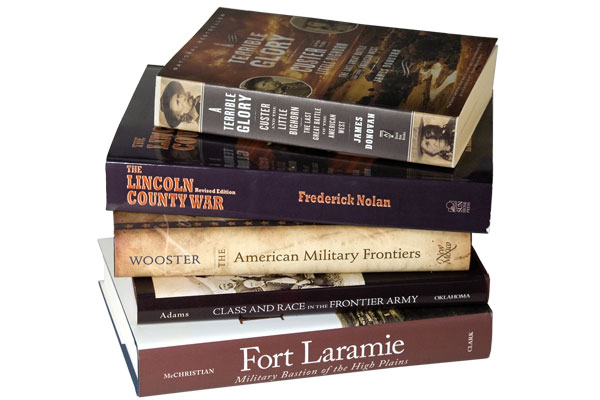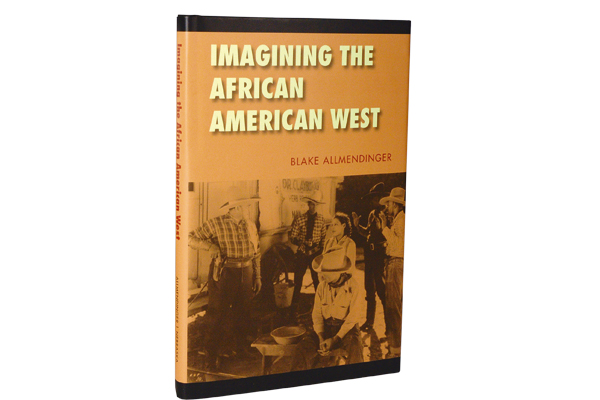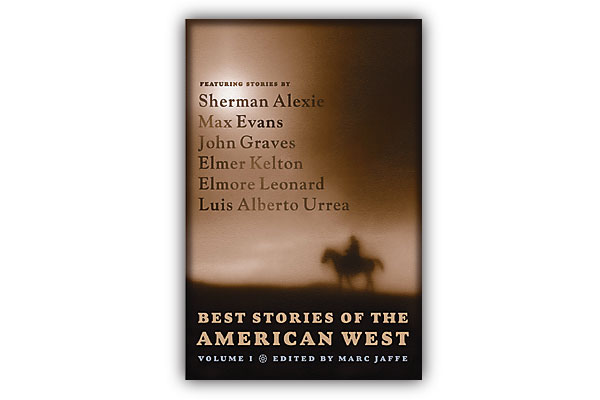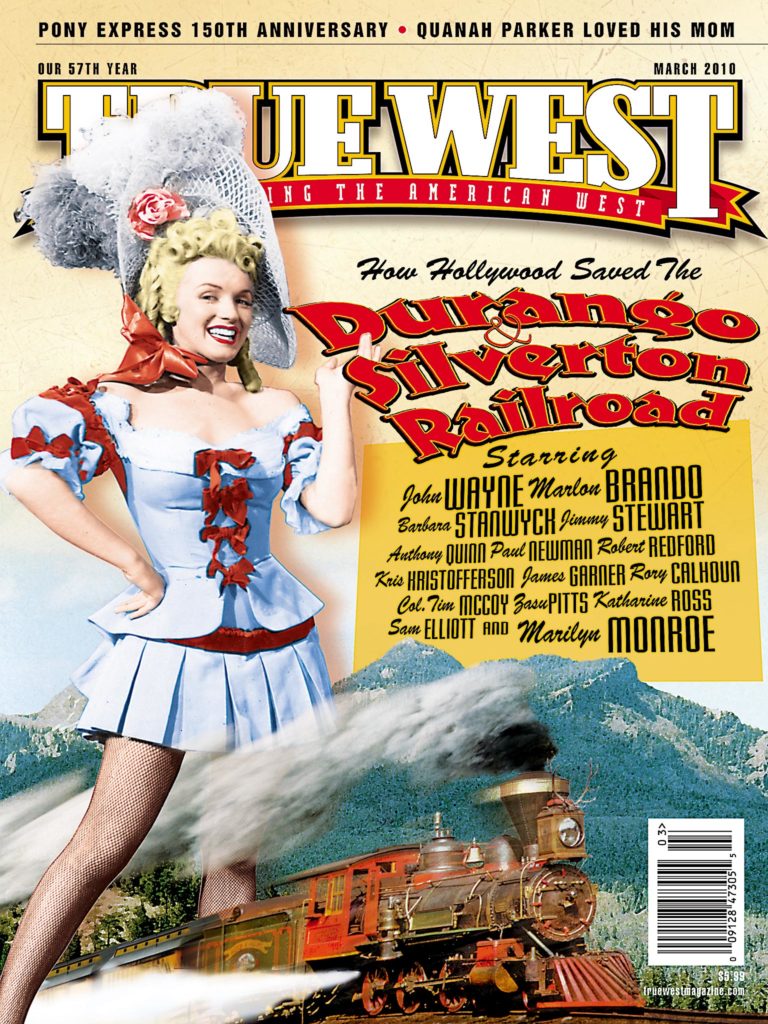 Noted researcher/writer Robert Wooster reaches some of those same conclusions in The American Military Frontiers: The United States Army in the West, 1783-1900. His narrative follows American expansion from the Ohio Valley throughout the West. The highly readable account shows the vital role the army played over those years—but it also makes a strong case that the military never really understood the frontier, whether it was the whites or Indians or Hispanics who lived there, or the climate or geography. That lack of empathy led to a lot of mistakes in the field of battle.
Noted researcher/writer Robert Wooster reaches some of those same conclusions in The American Military Frontiers: The United States Army in the West, 1783-1900. His narrative follows American expansion from the Ohio Valley throughout the West. The highly readable account shows the vital role the army played over those years—but it also makes a strong case that the military never really understood the frontier, whether it was the whites or Indians or Hispanics who lived there, or the climate or geography. That lack of empathy led to a lot of mistakes in the field of battle.





